Inside Nahous, Lagos’ new creative hub in a brutalist 1970s building
Richard Vedelago on Nahous: the gallerist tells Wallpaper* how he hopes this new space will shape Lagos’ bustling creative ecosystem
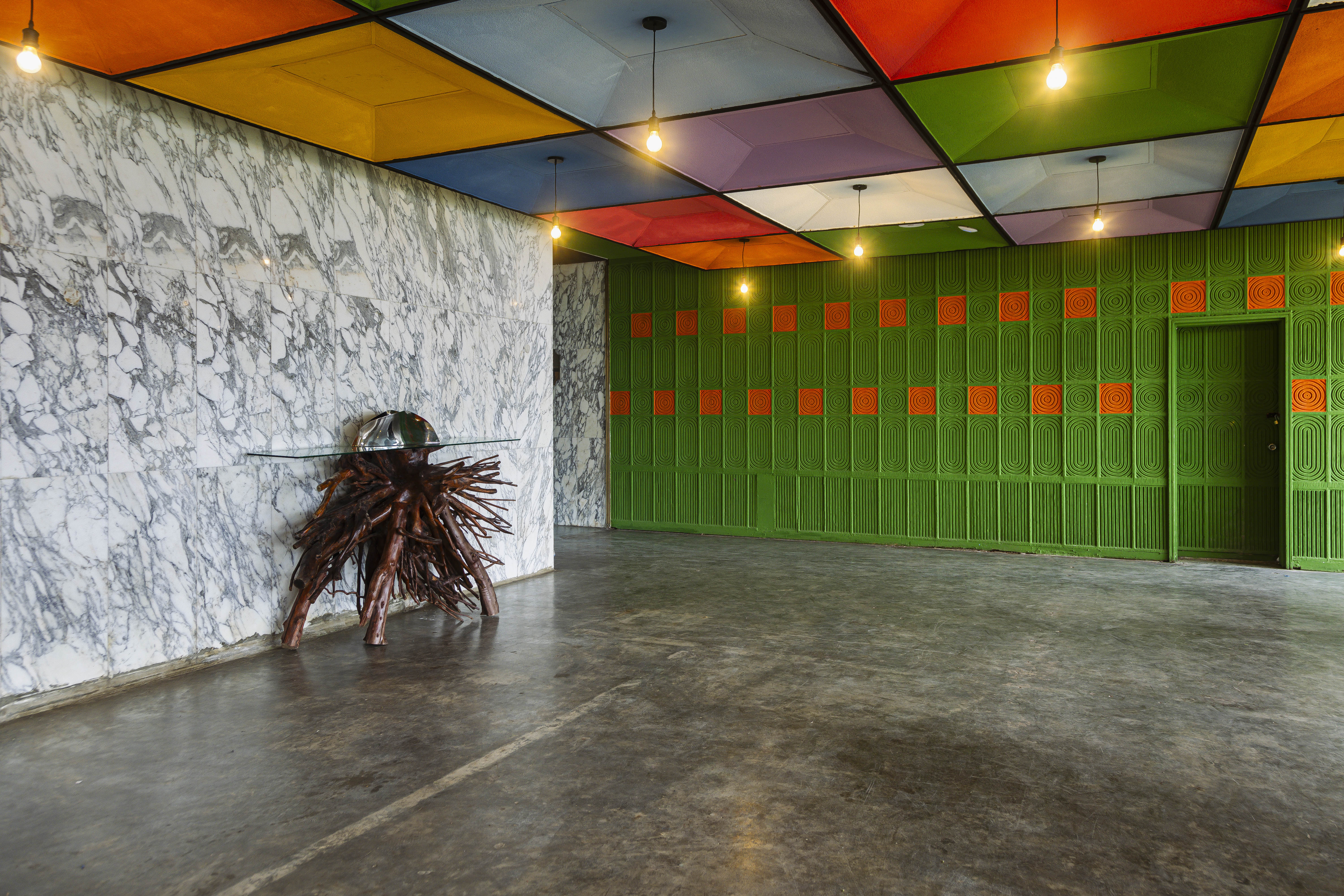
When cultural entrepreneur and curator Richard Vedelago first stepped into the east wing of Lagos’ Federal Palace Hotel – an extension originally commissioned for Festac ’77, the Black and African festival of arts and culture held in the city in 1977 – he knew that Nahous was already within reach. Today, he has transformed the once-empty space into a multidisciplinary cultural hub – housing a gallery, a concept store, a furniture showroom, and Bar 77 – which now anchors Lagos’ creative ecosystem.
Combining Bauhaus-inspired minimalism with the hotel’s preserved midcentury bones, Nahous advances his vision beyond aesthetics: it’s a place to rethink how Lagosians gather and imagine, with weekly Nahous Talks, masterclasses, exhibitions, a book club, and events spanning music, literature, fashion, and design.
Wallpaper* sat with Vedelago to discuss the vision further.
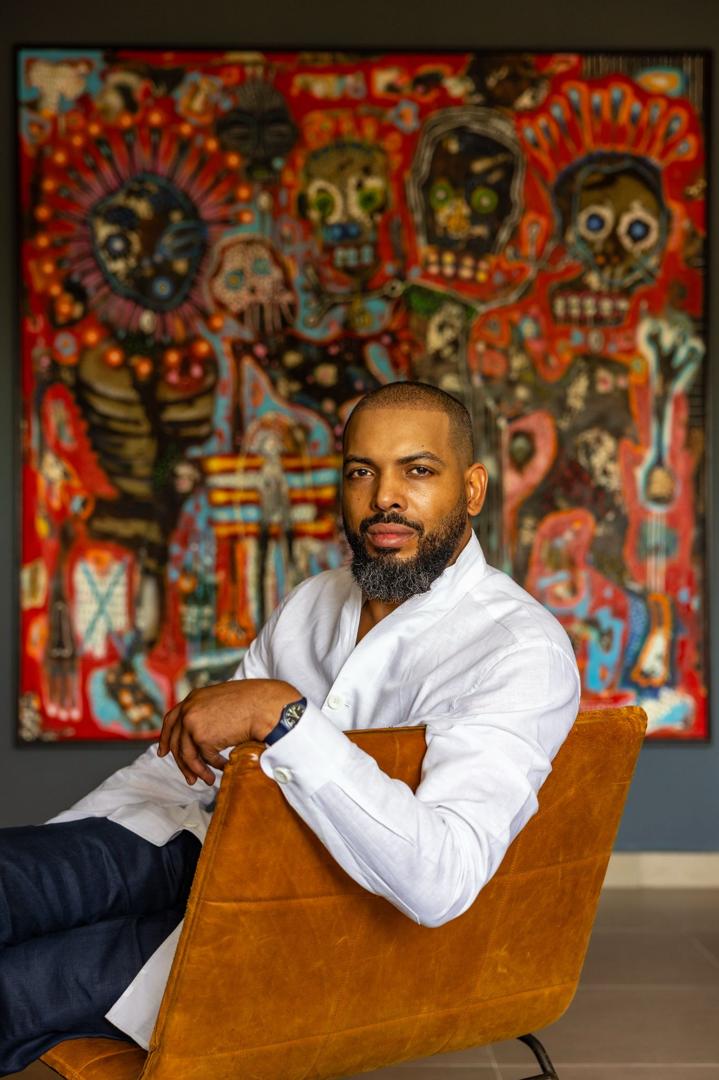
Nahous founder Richard Vedelago
Wallpaper*: What inspired the creation of Nahous and how many years did it take to nurture this idea?
Richard Vedelago: Nahous was born out of a conviction that Nigeria, and Lagos in particular, needs permanent, independent platforms where art, fashion, design, and culture can be experienced at the highest level. The idea crystallised the moment I encountered the Old Federal Palace site; I immediately knew it was the right place to bring this vision to life. From there, it took only three to four months to completely reimagine and transform the space into what it is today. I think this was only possible because of a lifetime of preparation [combining with the right] opportunities. All the experiences I’ve gathered over the years came together at that moment. So while the execution was rapid, you could say it was decades in the making.
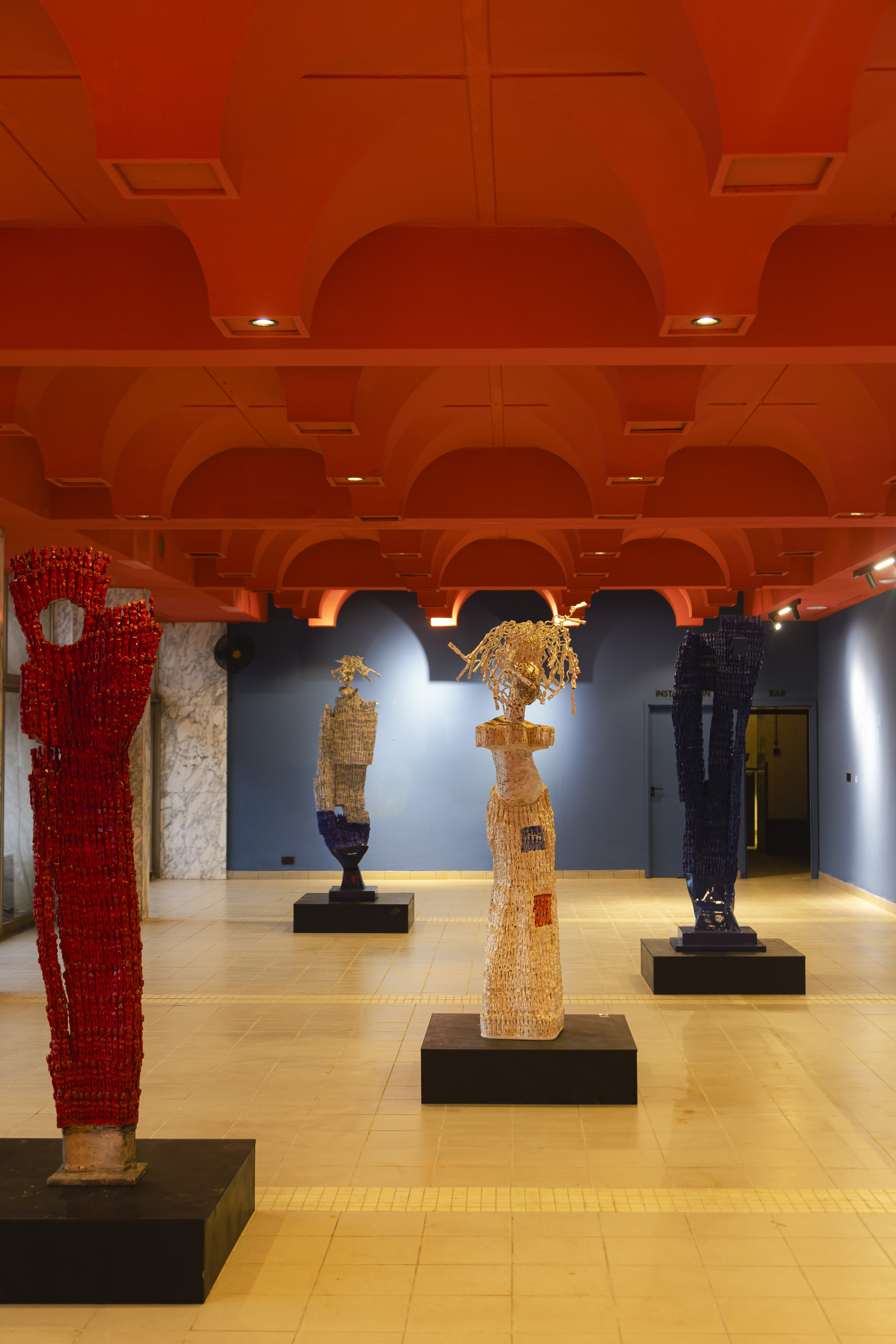
Sculptures on display at Nahous
W*: Tell us about your career before your pivot to art, and now as a cultural curator with Nahous.
RV: My professional background began in real estate and hospitality, where I learned how space, architecture, and experience intersect to create value. That foundation eventually led me into art and cultural programming, which I see as a natural evolution of my career. With Windsor Gallery [which I also founded] and now Nahous, my focus has shifted to curating not just exhibitions but entire ecosystems that can sustain creativity and cultural expression.
Receive our daily digest of inspiration, escapism and design stories from around the world direct to your inbox.
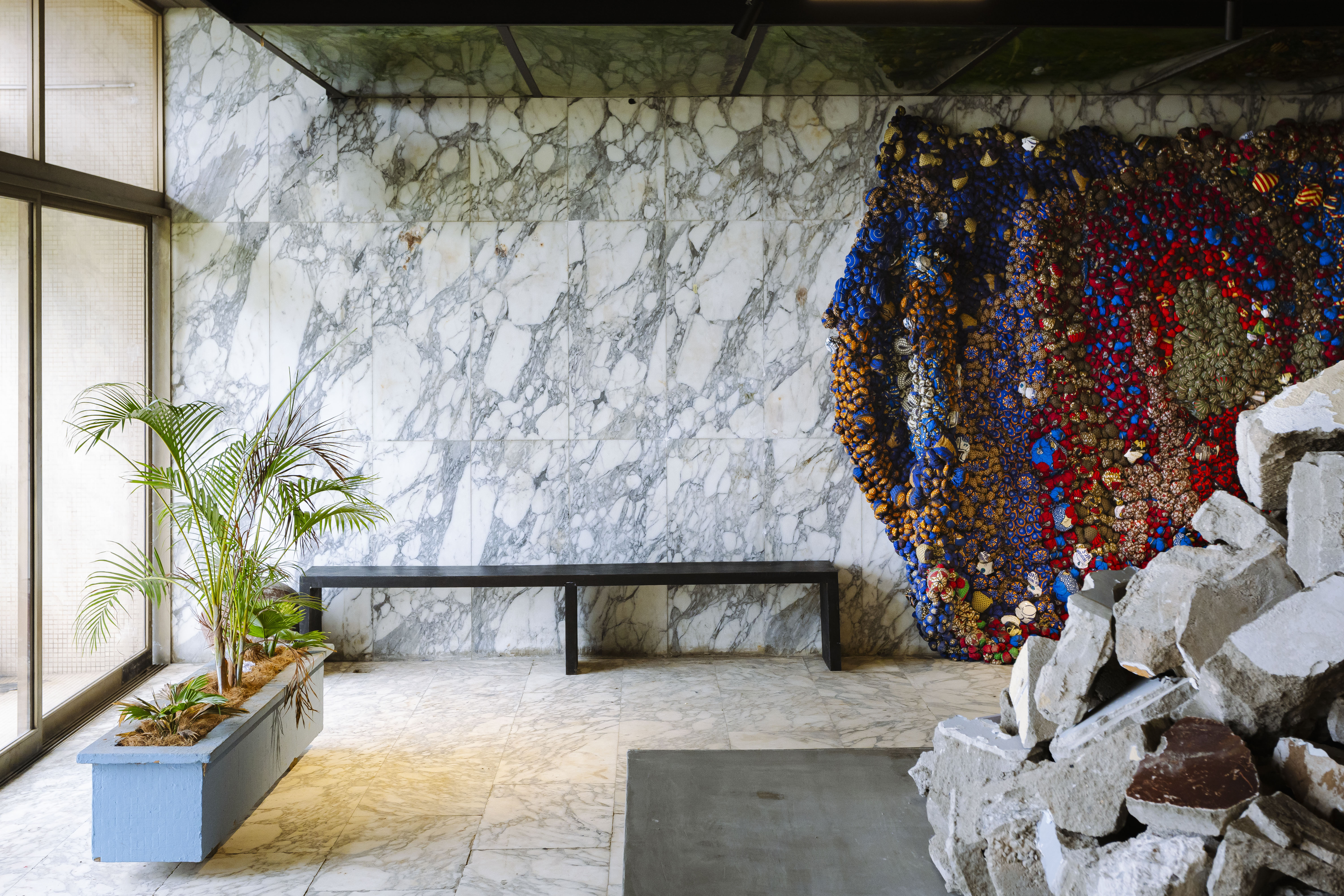
Inside Nahous
W*: When you created Nahous, were there specific gaps in Lagos’ cultural ecosystem you were trying to fill?
RV: Yes, the gap was very clear. Lagos has extraordinary creative energy, but often lacks permanent, multidisciplinary platforms that bring art, fashion, and design together. Nahous is my attempt to create that intersection. The name itself is derived from Bauhaus, but reimagined as ‘Nahous’ a Nigerian, Africanised form that grounds the idea in our own context. It is about creating our own movement rather than borrowing wholesale from others.
W*: Why did you choose the Old Federal Palace site? Did you think situating Nahous there would unlock a certain 1970s architectural feel for people who visit?
RV: Absolutely. The Old Federal Palace is one of Lagos’ most iconic brutalist structures, and it carries the spirit of Nigeria’s post-independence optimism. For me, situating Nahous there was intentional; it’s about honouring that era of ambition while giving it new life through a cultural lens. Visitors often remark that it feels like stepping into both the past and the future at once.
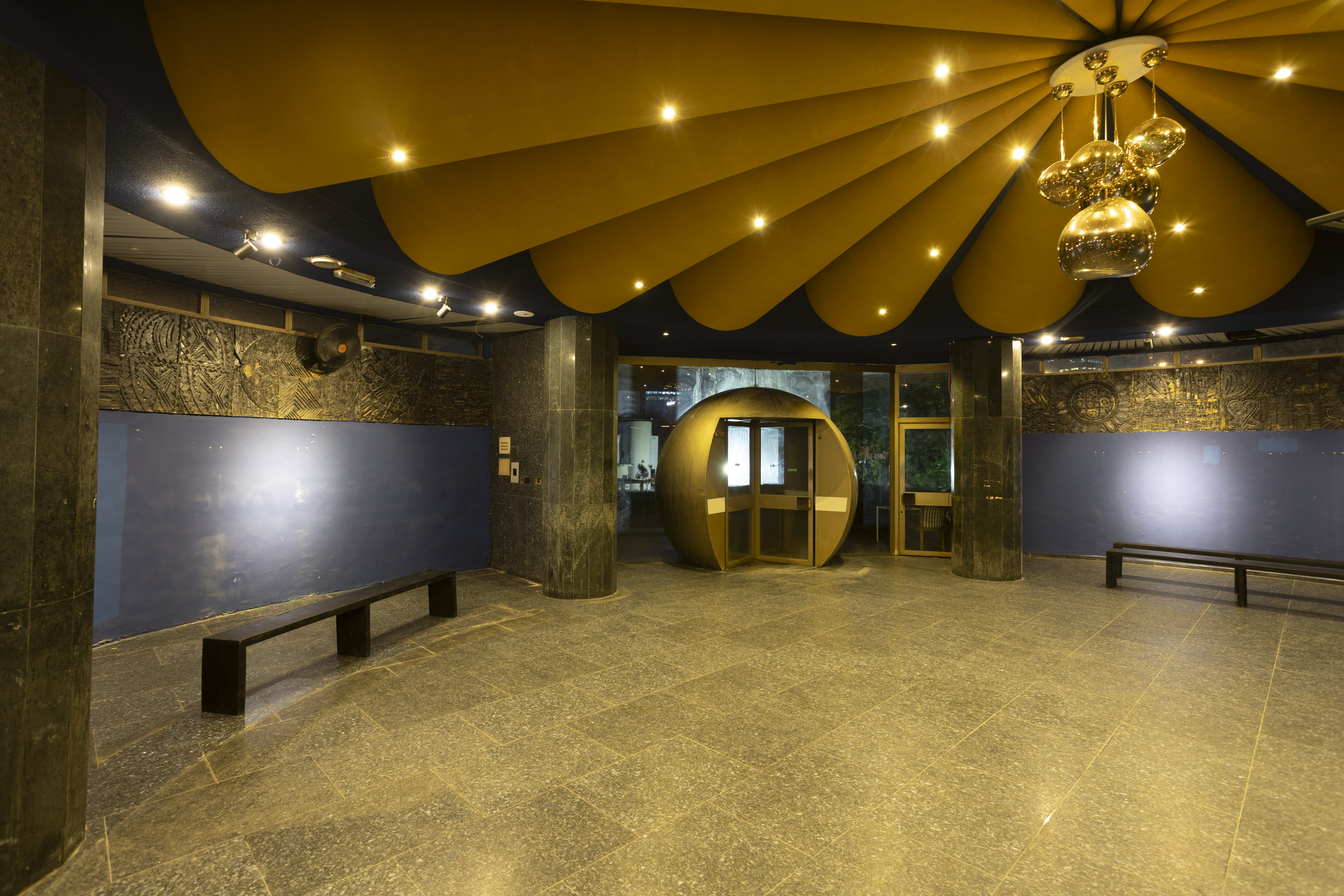
A photography display room
W*: You often reference Bauhaus ideas. Where do those influences show most clearly, in plan, materials, or programming?
RV: The Bauhaus philosophy runs through everything we do at Nahous. You see it in the modular design of our spaces, in the materials that privilege functionality and form, and most importantly, in our programming, which erases boundaries between disciplines. Bauhaus was about collapsing hierarchies of art, craft, and design that’s precisely what Nahous is trying to achieve in Lagos today.
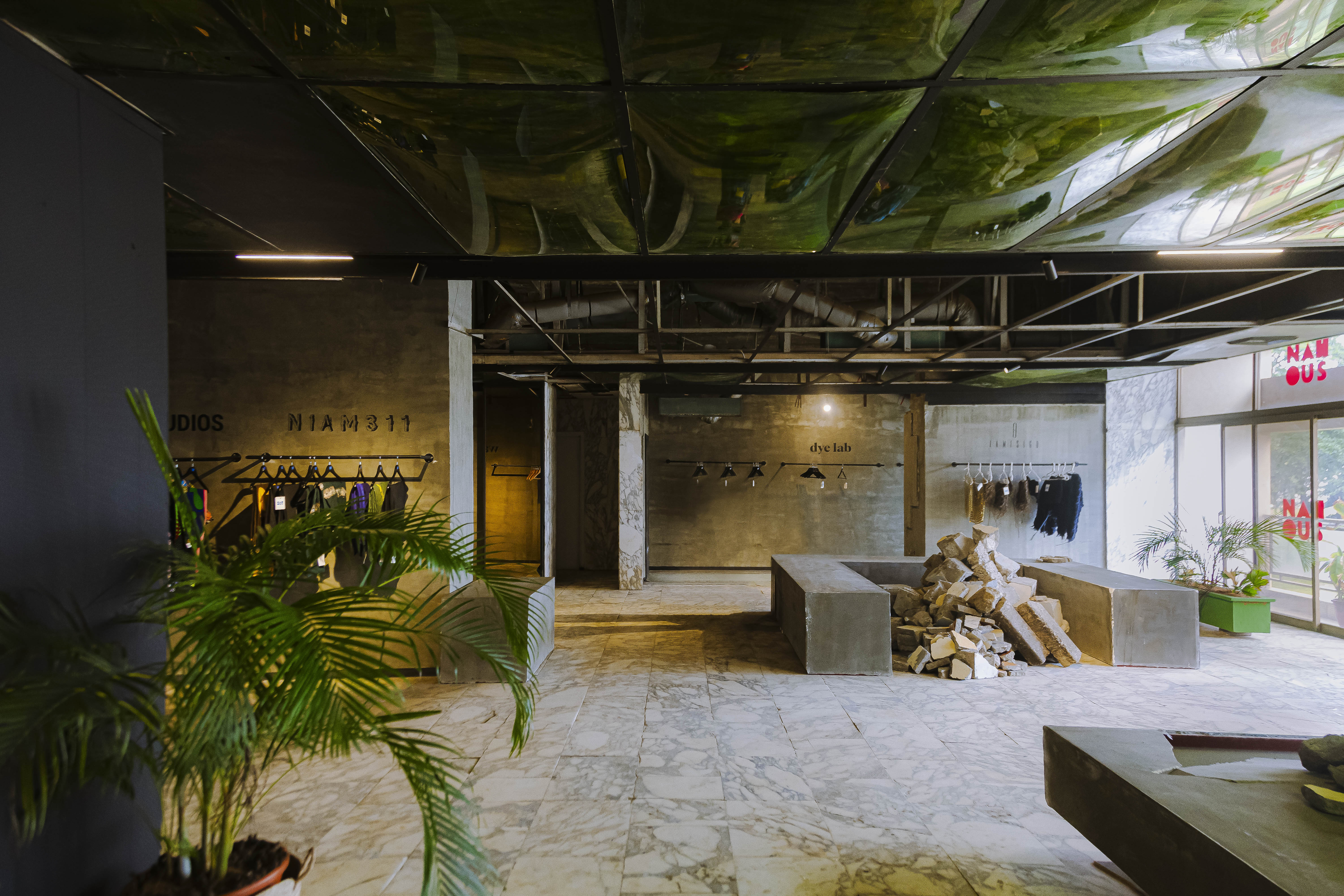
A fashion display space
W*: We saw the reference of Bar 77 nodding to Festac ’77, the 1977 Black and African festival of arts and culture. Did you want Nahous to be the best of everything, including food?
RV: Yes. Bar 77 is a nod to Festac, which was a defining cultural moment in our history. I wanted to connect to that spirit of celebration. The kitchen and dining programme at Nahous are equally important. Food is one of Nigeria’s strongest cultural languages, and it would have been incomplete to create a cultural hub without integrating gastronomy. We want Nahous to be a place where you can experience the very best of Nigerian creativity, whether on canvas, on the runway, or on a plate.
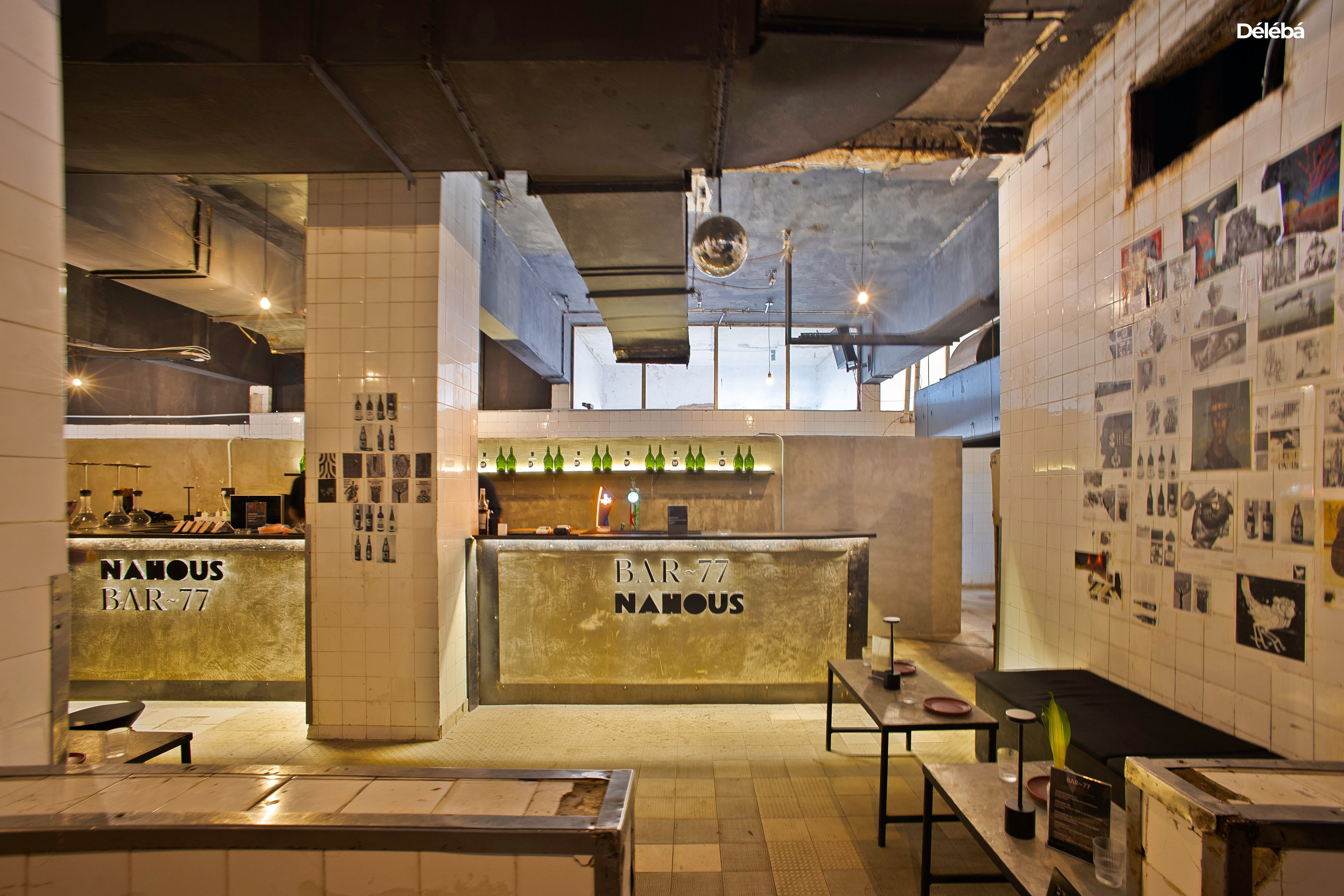
Bar 77 at Nahous
W*: You’ve framed Nahous as a home for independent thinking. What cultural reprogramming is the public looking forward to seeing?
RV: We are reprogramming how culture is consumed. Instead of one-off events or seasonal shows, Nahous is designed as an ongoing ecosystem where exhibitions, talks, residencies, performances, and dining intersect. The public can expect cultural programming that feels both global and deeply rooted in Nigeria, from avant-garde art shows to collaborations that push the boundaries of what ‘African culture’ can mean in the 21st century.
W*: Is Nahous also open to extending the conversation on the design scene in Lagos?
RV: Absolutely. We currently have a space at Nahous dedicated specifically to design and architecture. This [means] design is not treated as an afterthought but as a core pillar of the ecosystem. It allows us to showcase furniture, architectural ideas, and object-making within the same platform as art and fashion, ensuring the design scene in Lagos receives the visibility and critical attention it deserves.
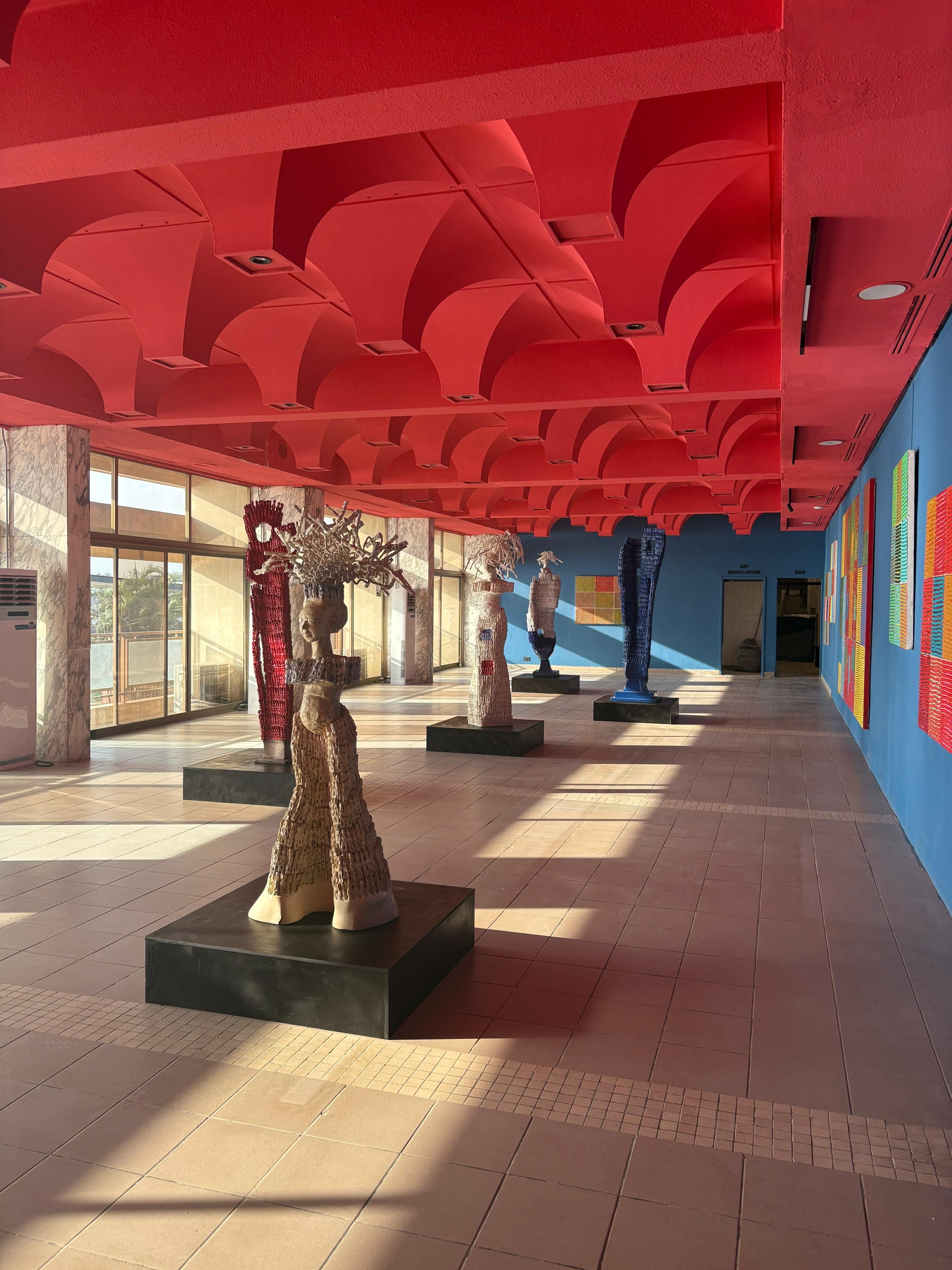
The sculpture room
W*: Will there be a time when Nahous begins to open its doors to creative residency programmes, expanding the conversation of the creative scene at large?
RV: Yes, in fact, our residency programme is launching in the coming weeks and months. We are beginning with a virtual residency that connects creatives across the continent, creating dialogue and collaboration without borders. Alongside this, we are developing a physical residency space that will bring together multiple disciplines, from art to design and performance, to generate unique perspectives on objects, culture, and ideas. Collaboration is at the heart of Nahous, and the residency programme will embody that spirit by fostering cross-disciplinary exchange and experimentation.
Also read: How Lagos’ street markets inspired a new generation of Nigerian creatives
Ugonna-Ora Owoh is a journalist and editor based in Lagos, Nigeria. He writes on arts, fashion, design, politics and contributes to Vogue, New York Times, Wallpaper, Wepresent, Interior Design, Foreign Policy and others.
-
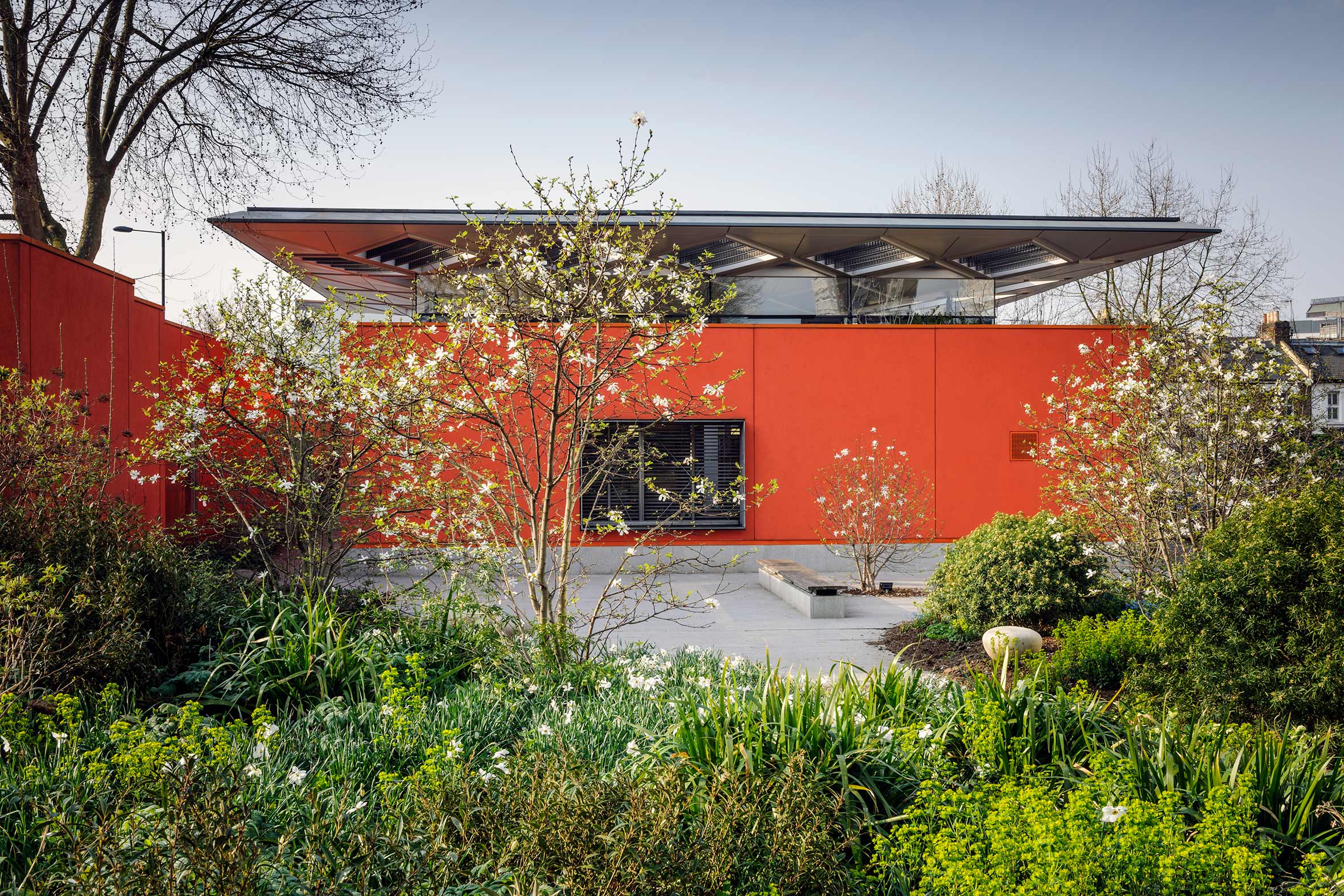 How Maggie’s is redefining cancer care through gardens designed for healing, soothing and liberating
How Maggie’s is redefining cancer care through gardens designed for healing, soothing and liberatingCancer support charity Maggie’s has worked with some of garden design’s most celebrated figures; as it turns 30 next year, advancing upon its goal of ‘30 centres by 30’, we look at the integral role Maggie’s gardens play in nurturing and supporting its users
-
 David Shrigley designs album cover for punk band Lambrini Girls
David Shrigley designs album cover for punk band Lambrini GirlsThe limited edition release from the Brighton duo is available now
-
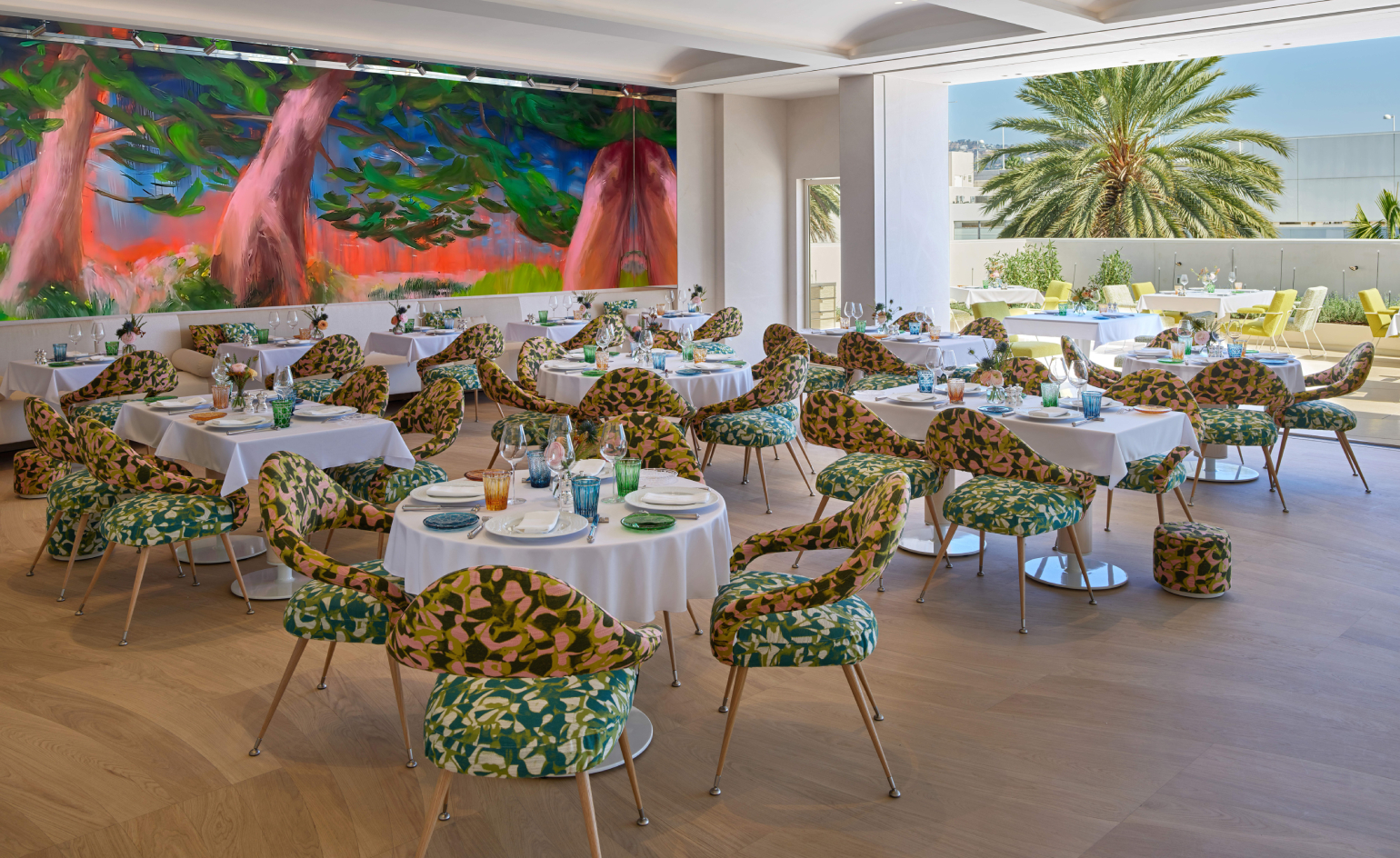 Dior’s new Beverly Hills dining salon raises the bar for couture cuisine
Dior’s new Beverly Hills dining salon raises the bar for couture cuisineFrom Peter Marino’s onyx bar and faceted mirrored walls to Nicole Wittenberg’s vast, immersive botanical canvas, Dior’s first restaurant outside Paris is here
-
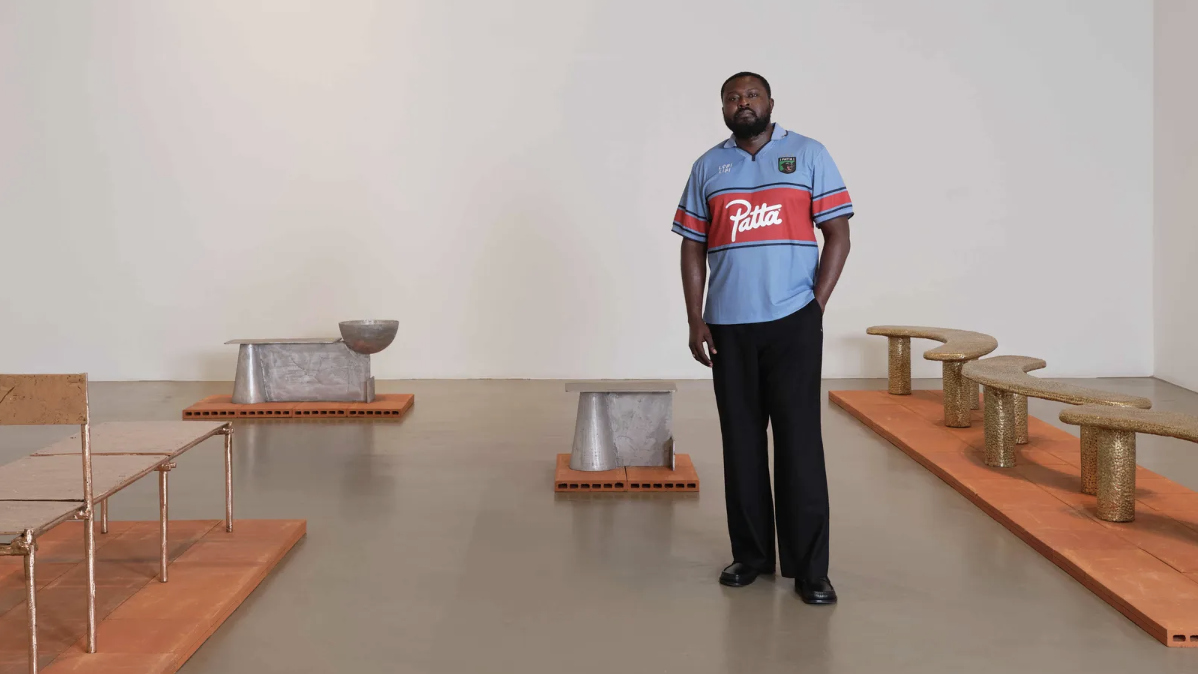 Nifemi Marcus-Bello in Lagos: ‘The conditions and histories of Africa are my greatest inspiration’
Nifemi Marcus-Bello in Lagos: ‘The conditions and histories of Africa are my greatest inspiration’As the Nigerian designer stages ‘Material Affirmations: Acts I–III’ at Tiwani Contemporary (until 10 January 2026), he speaks to Wallpaper* about African craft and industry, and Lagos as his muse
-
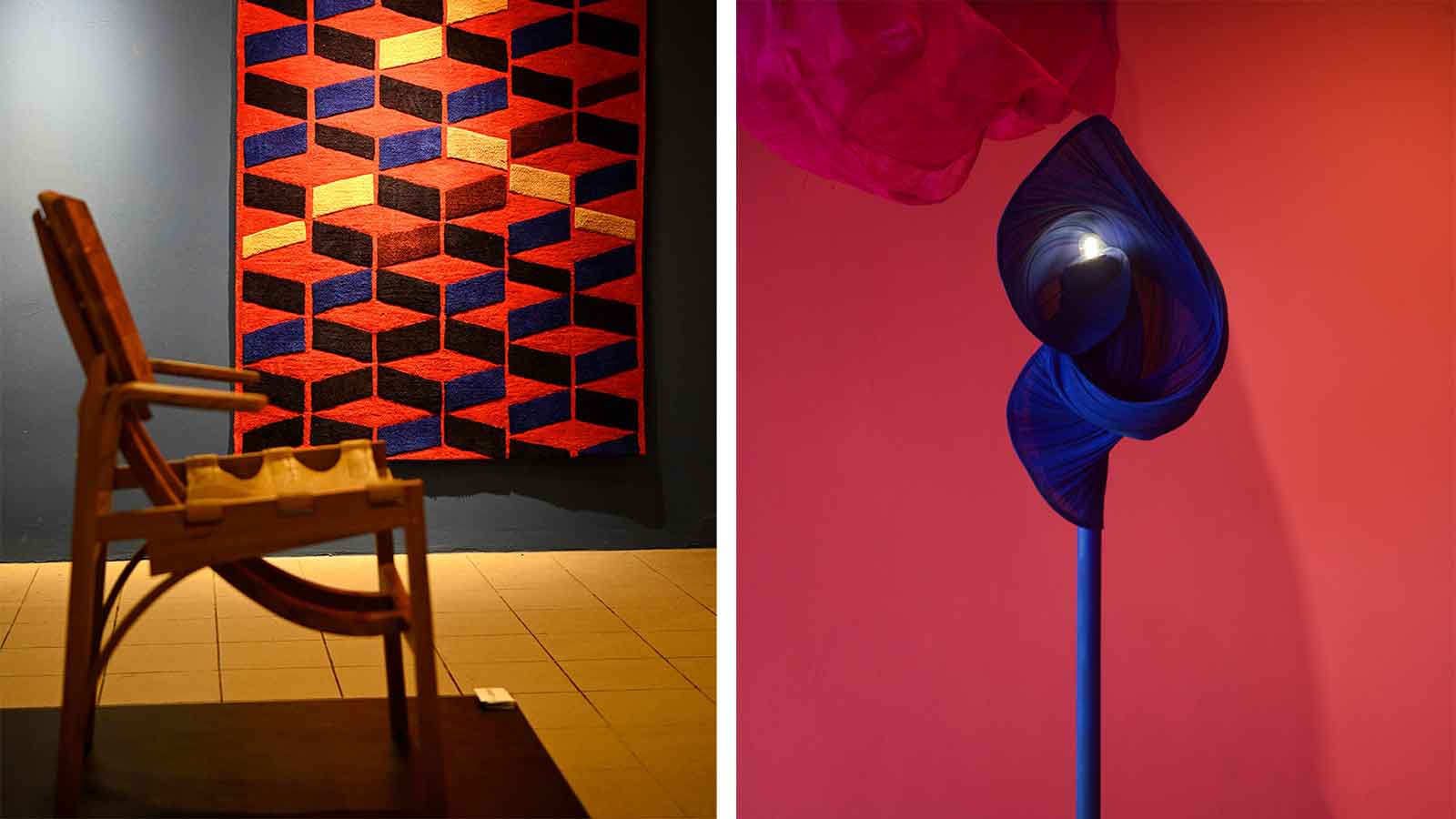 Postcard from Lagos Design Week 2025
Postcard from Lagos Design Week 2025This year's Lagos Design Week demonstrated how Nigerian and African designers continue to expand the language of form, texture, and material
-
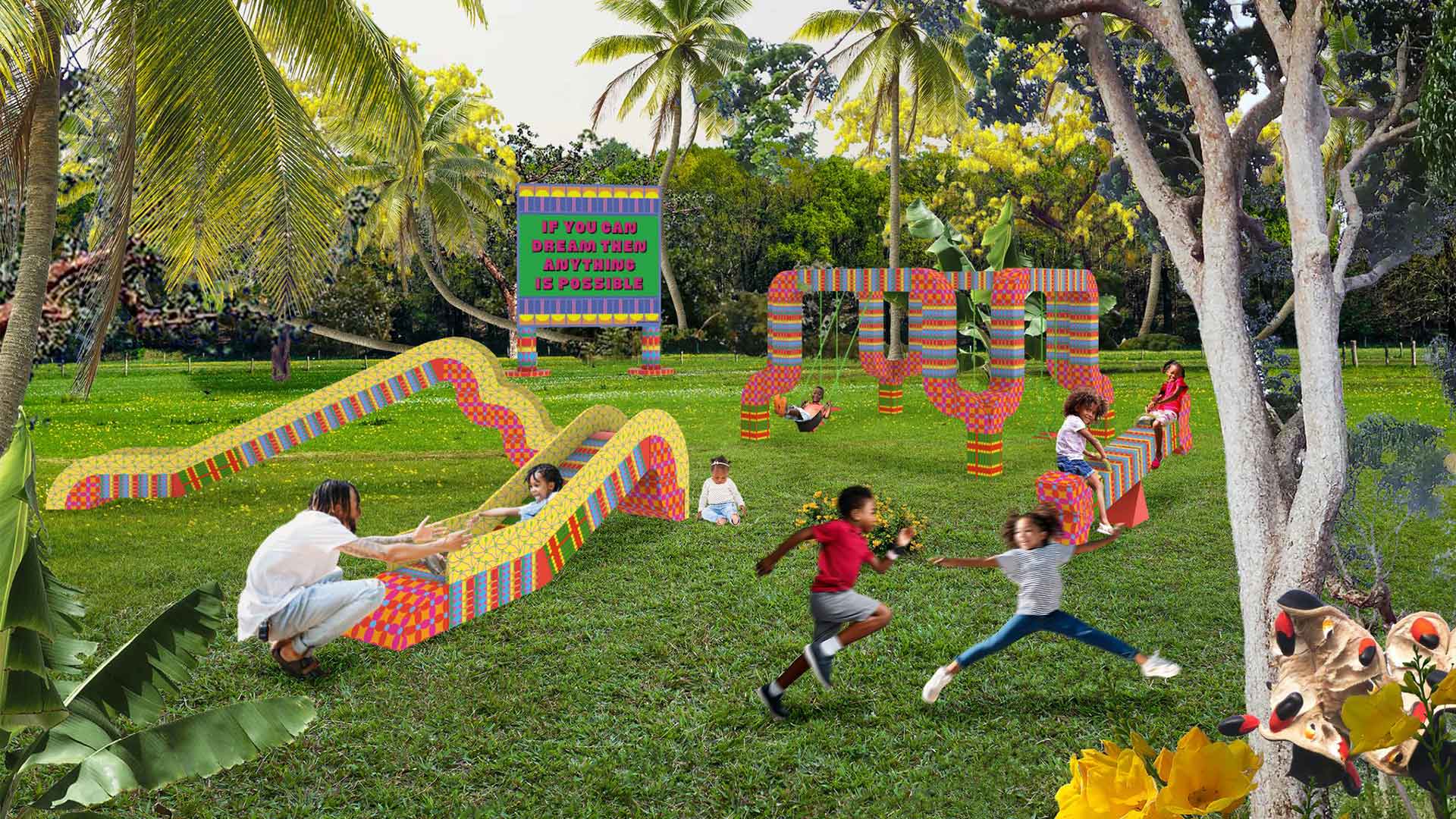 Yinka Ilori’s new foundation is dedicated to play and joy: ‘Play gave me freedom to dream’
Yinka Ilori’s new foundation is dedicated to play and joy: ‘Play gave me freedom to dream’Today, artist and designer Yinka Ilori announced the launch of a non-profit organisation that debuts with a playscape in Nigeria
-
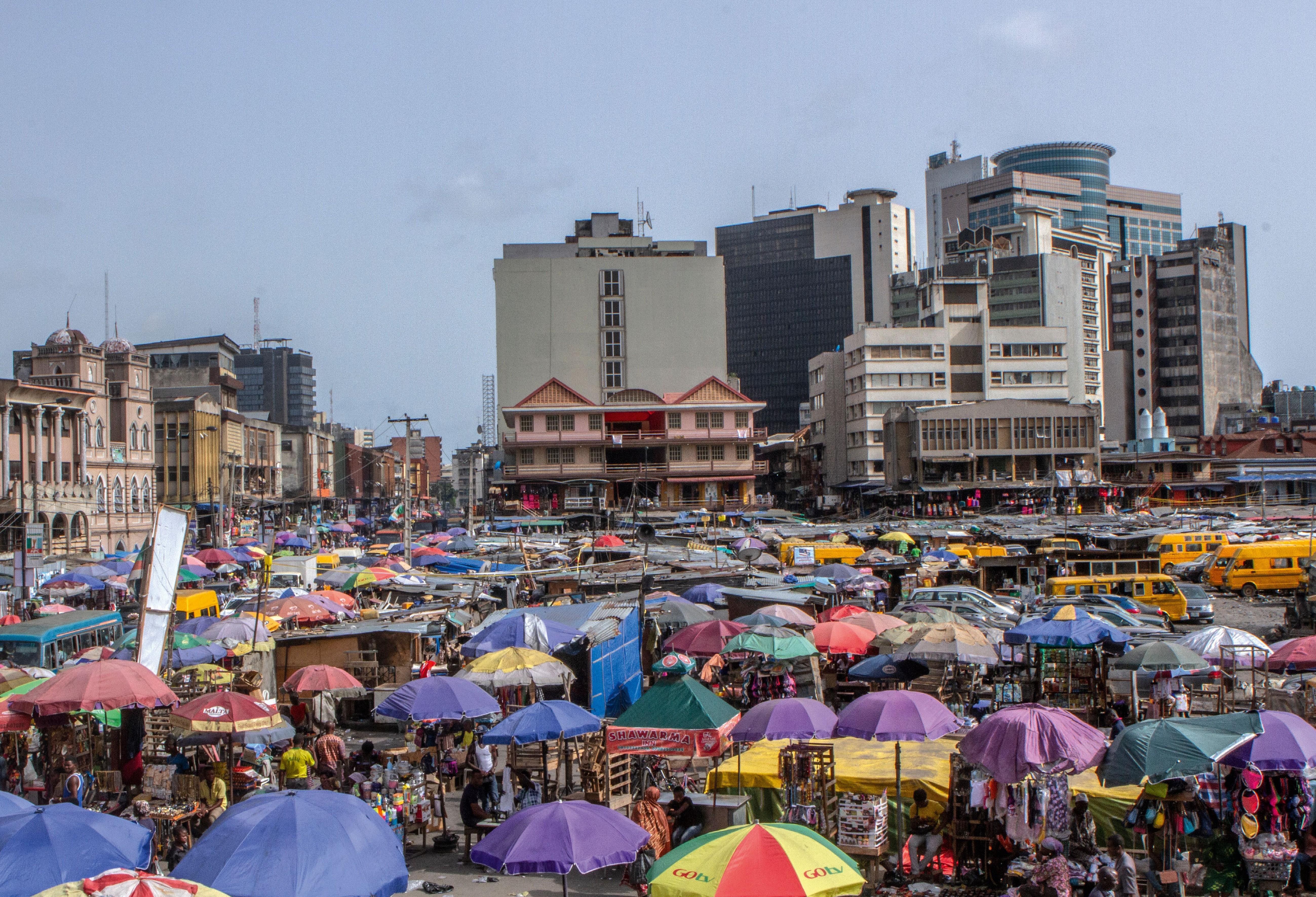 How Lagos’ street markets inspired a new generation of Nigerian creatives
How Lagos’ street markets inspired a new generation of Nigerian creativesNigeria’s creative scene is embracing the informal structures used by Lagos market traders as paragons of adaptability, flexibility and identity